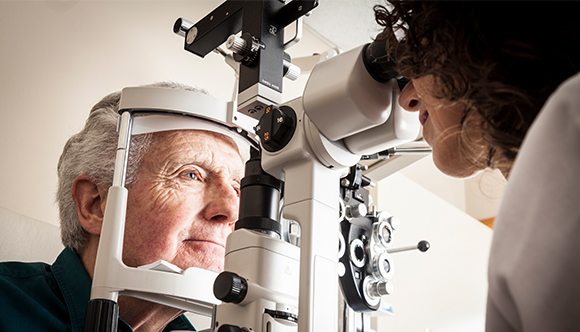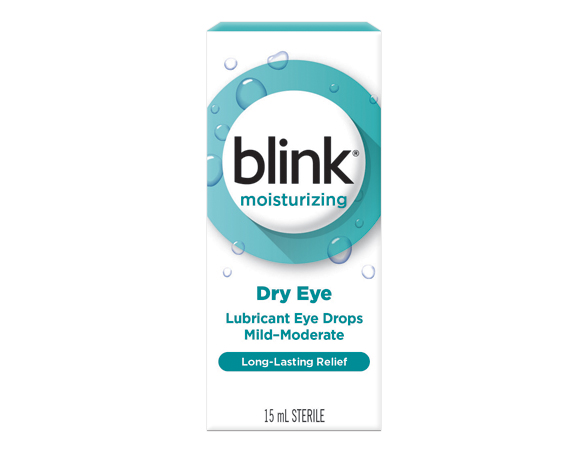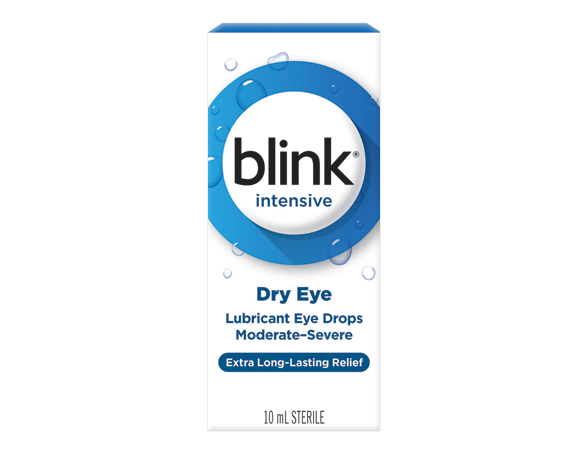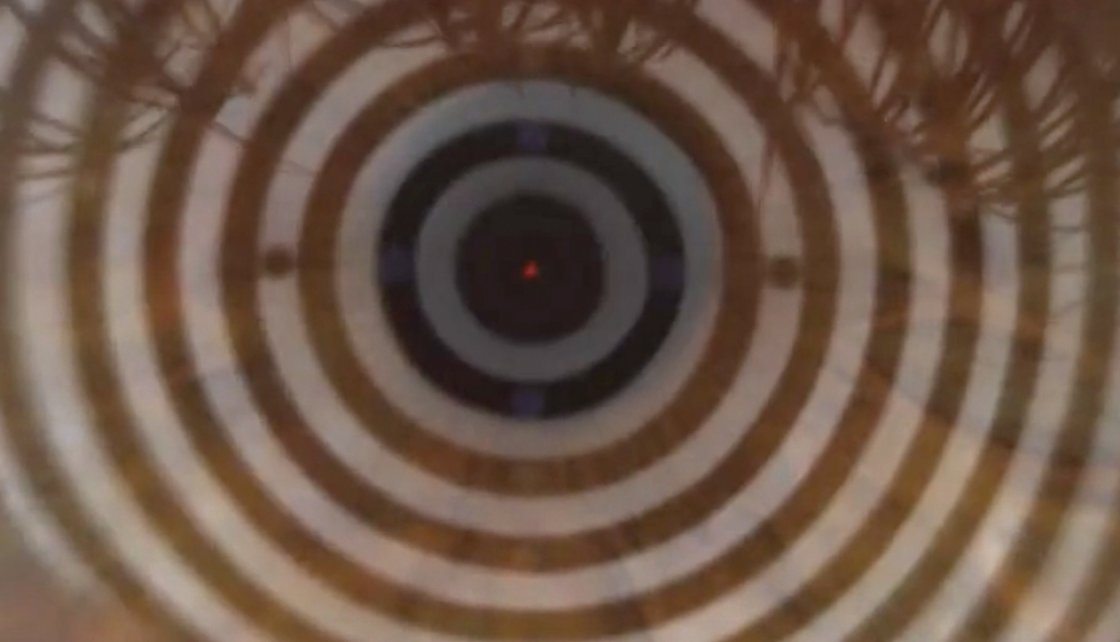
Tear film has antimicrobial and other beneficial properties and is essential for protecting our tears and eyes. It’s important that when tear components interact with lens materials they maintain their beneficial function as much as possible. However, if tear components change from their natural state whether by oxidation or denaturing, deposits may become visible on the lens.
Once deposited on lenses, these components can change function from protection to irritation, leading to:
- Reduced visual acuity
- Overall discomfort
Components of Tear Film
Tear film is made up of both proteins and lipids:
Proteins
Lysozyme is a major protein which integrates with lens materials during lens wear and when denatured can form deposits on contact lenses.
Lipids
- When denatured it has been shown to trigger release of inflammatory biomarkers, resulting in irritation
- When deposited onto contact lenses, lipids change function by oxidation and degeneration, which may impact comfort and vision over time. In some materials, lipids maintain their natural beneficial function and can actually improve wearers' comfort.
Managing Deposition
If deposition is impacting your patients’ contact lens comfort, there are a few considerations you may want to think about to improve their experience:
- Material change
- Different lens materials react differently to an individual’s personal protein and lipid structure, so it’s worth trying alternative lens materials that are known to interact favourably with tear lipids and proteins.
- Incorporate a rub and rinse step into lens care for reusables
- Better and more frequent cleaning can help keep lenses clear of irritating deposits.
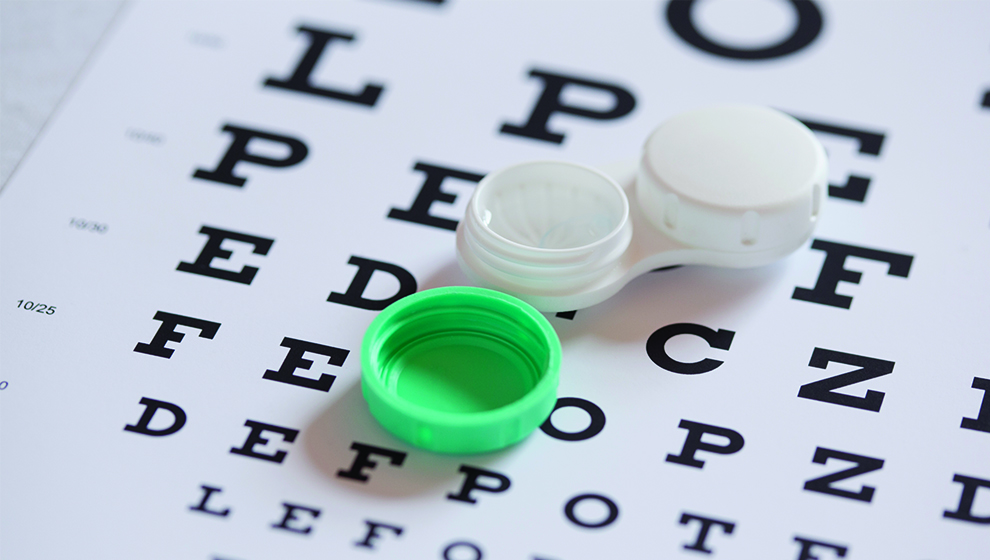
- Increase lens replacement frequency
- Fresh lenses can make all the difference. If your patients are wearing reusables, you may want to offer a free daily or 2-week cycle lens for them to try.

